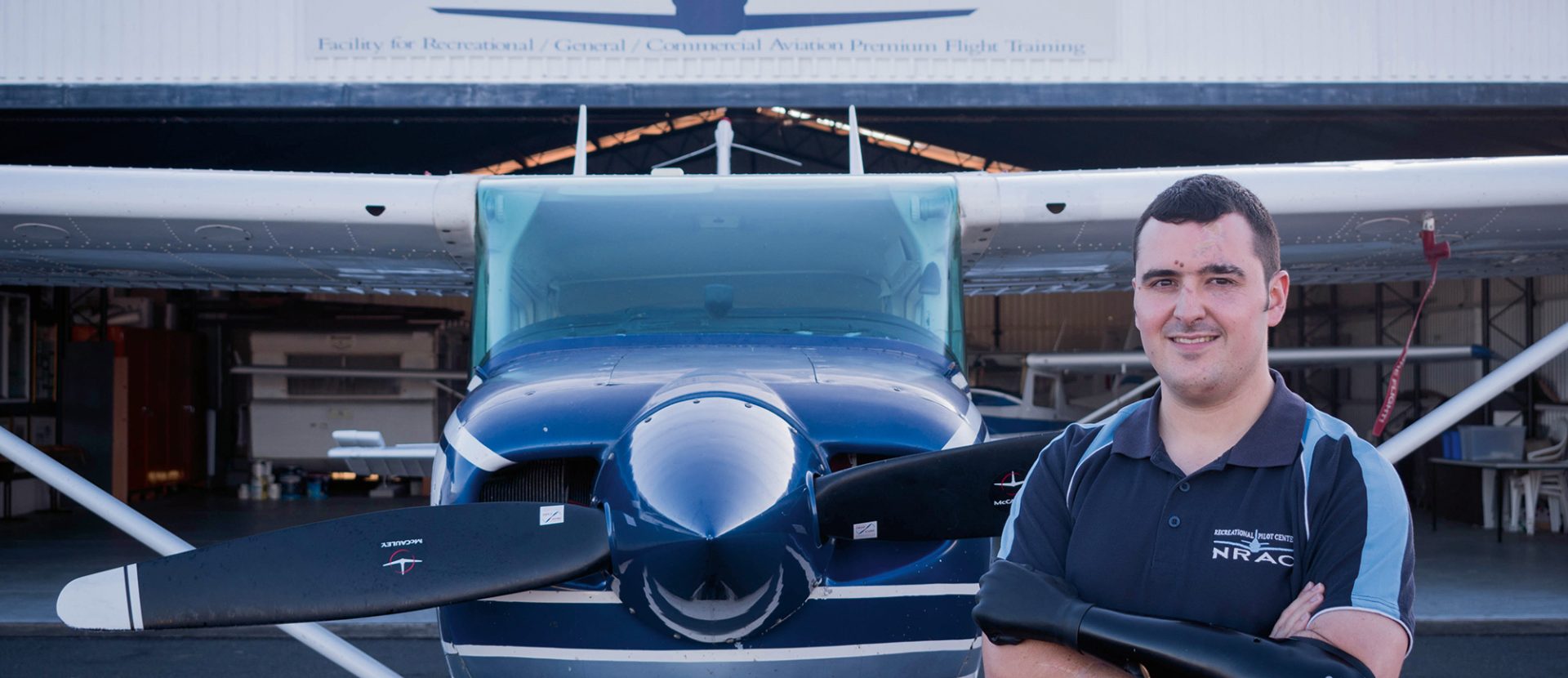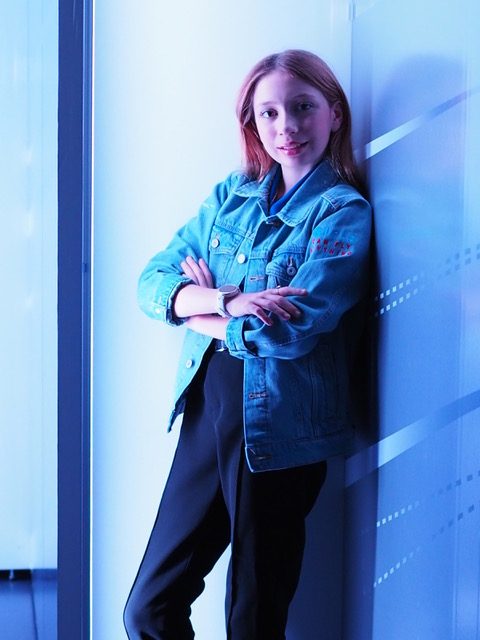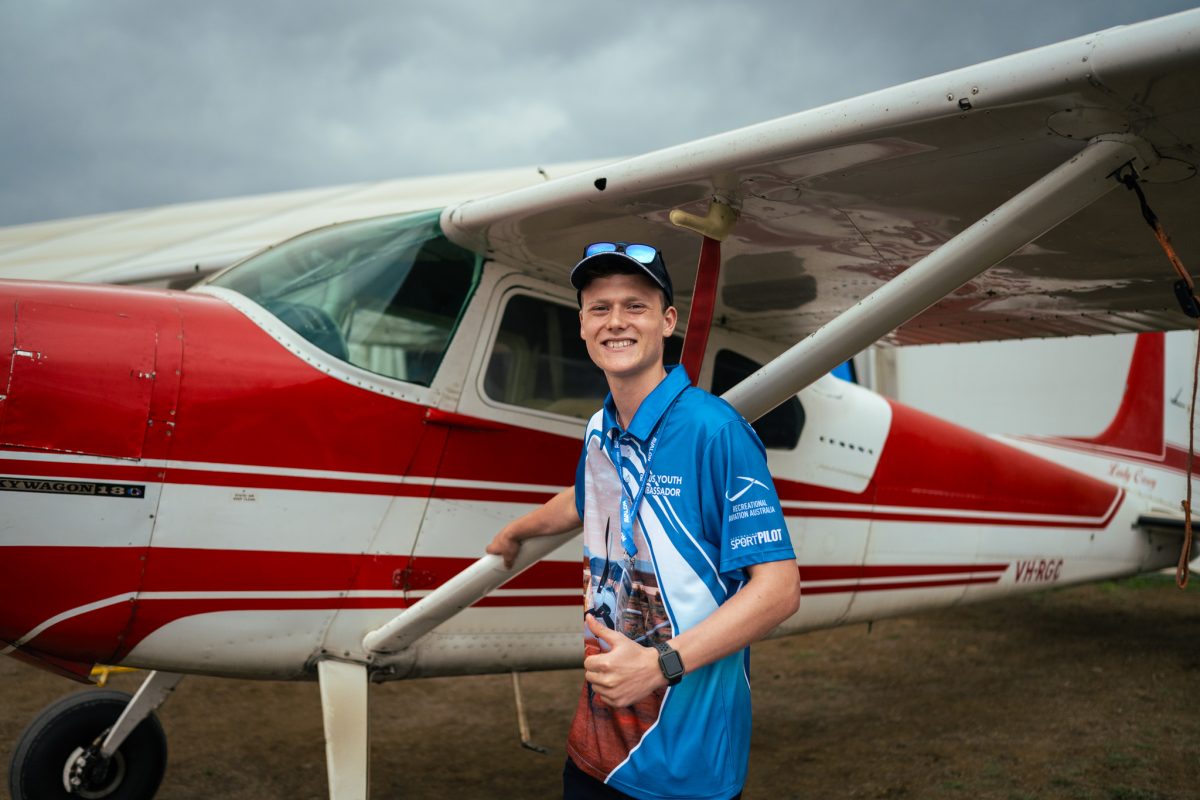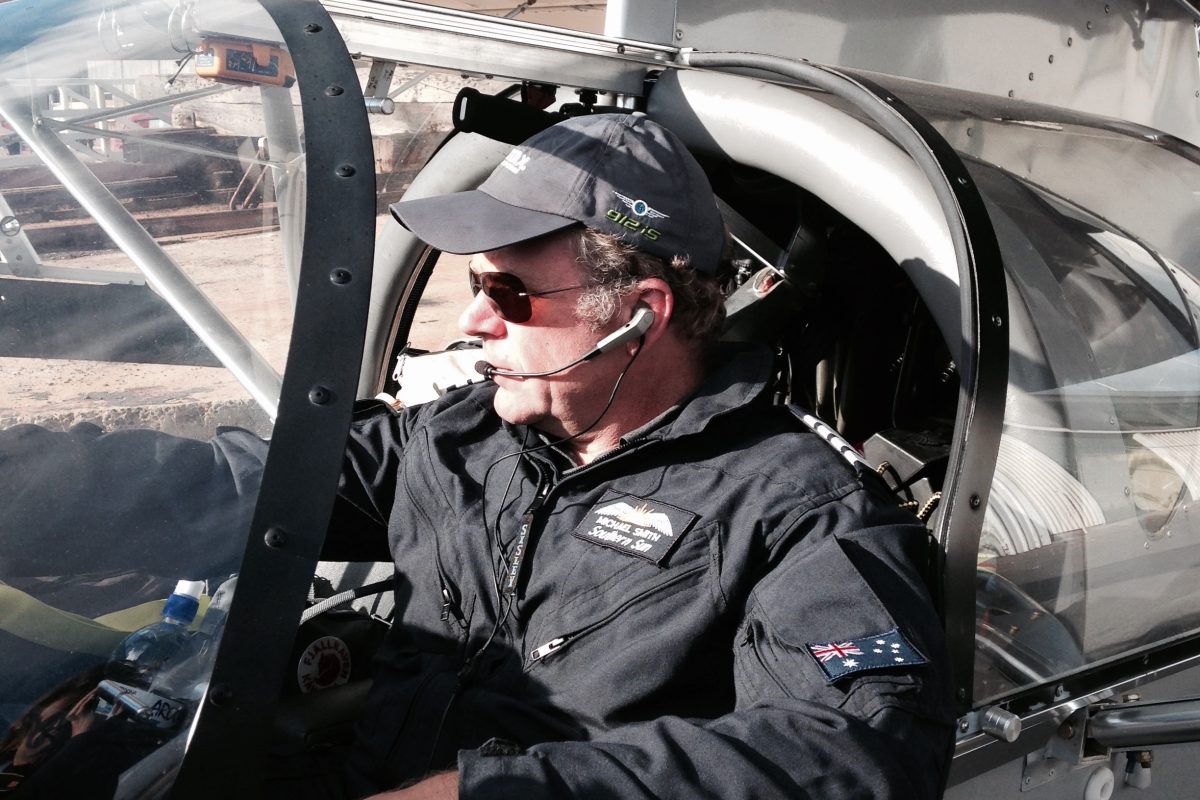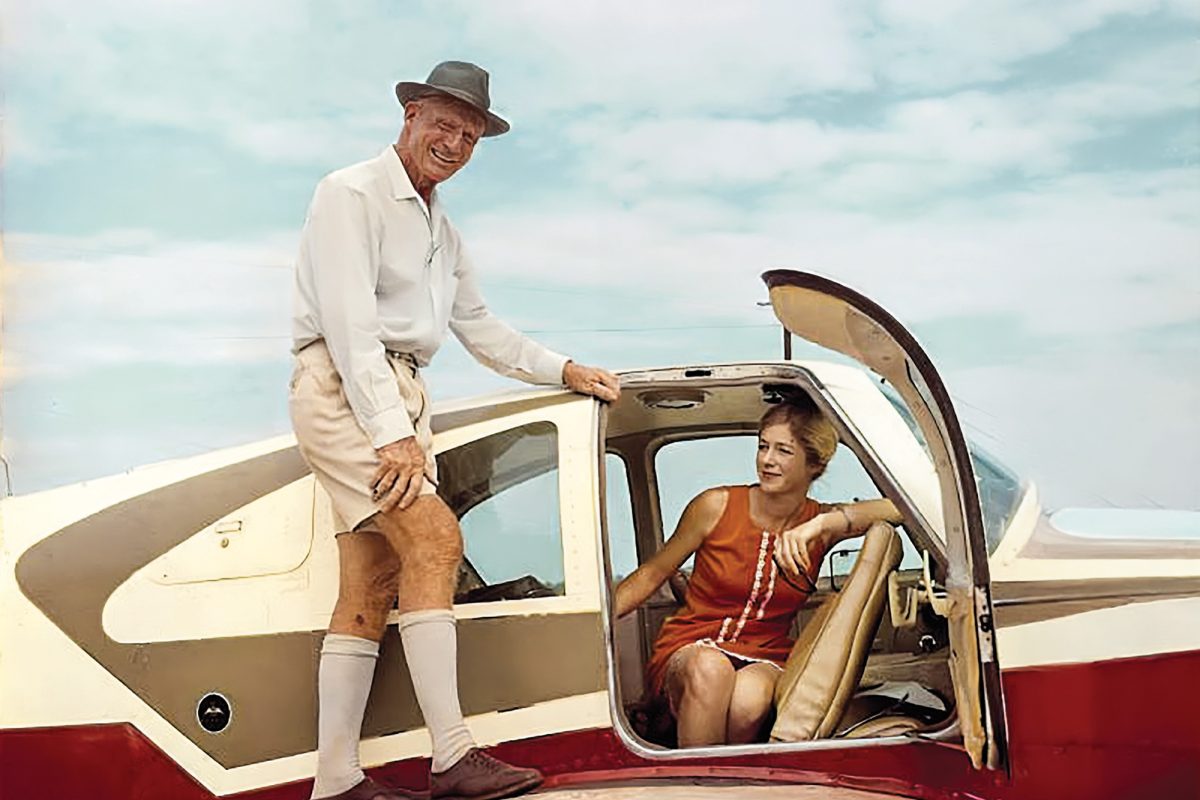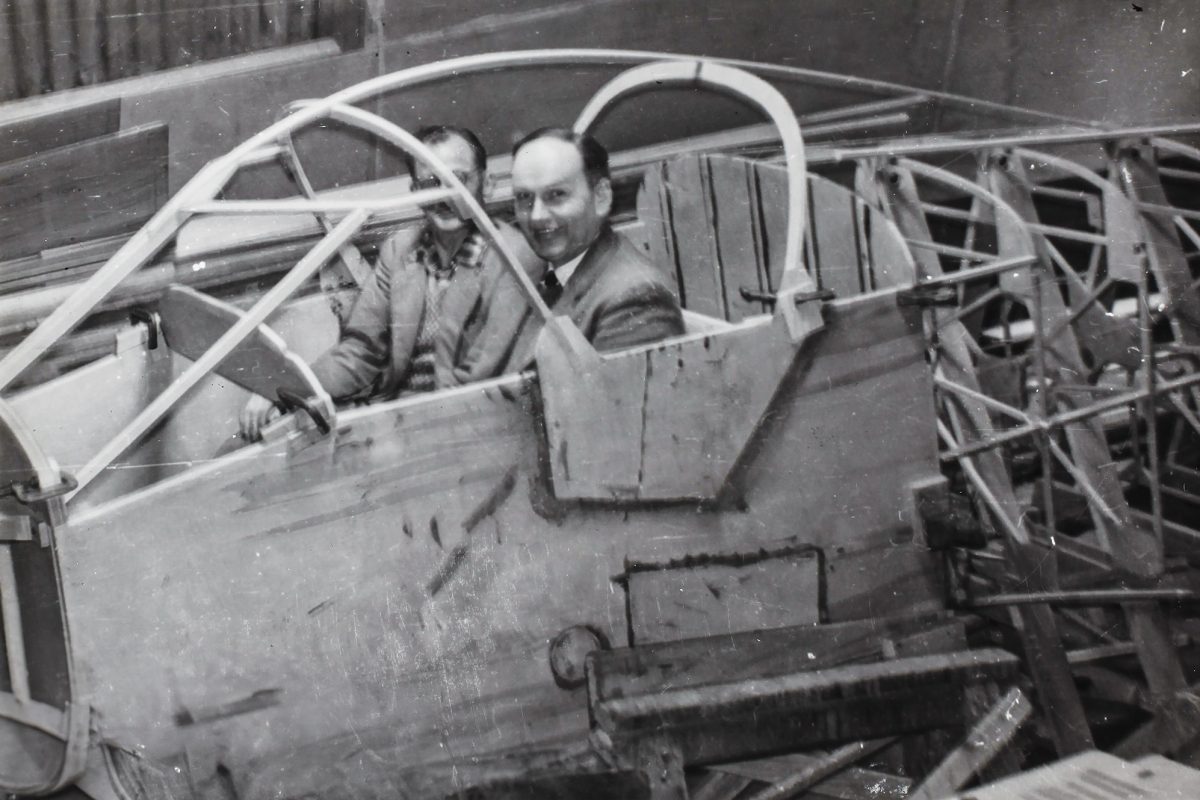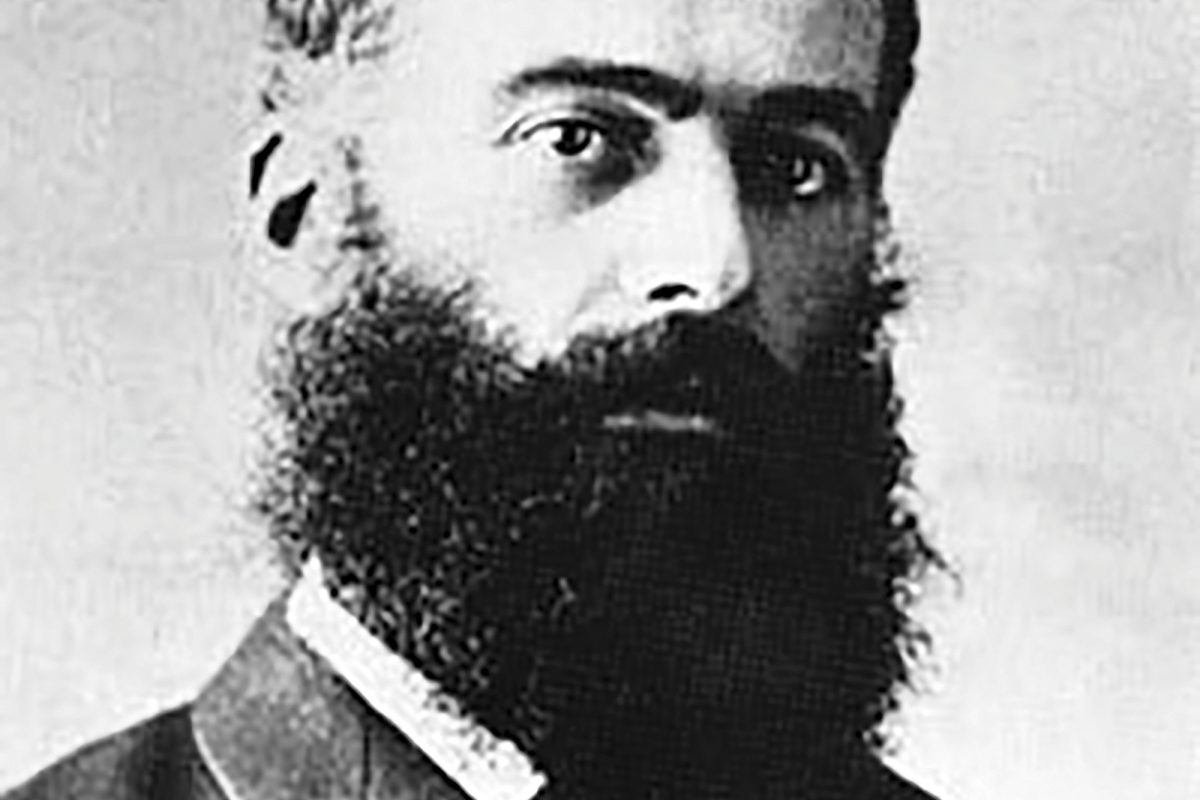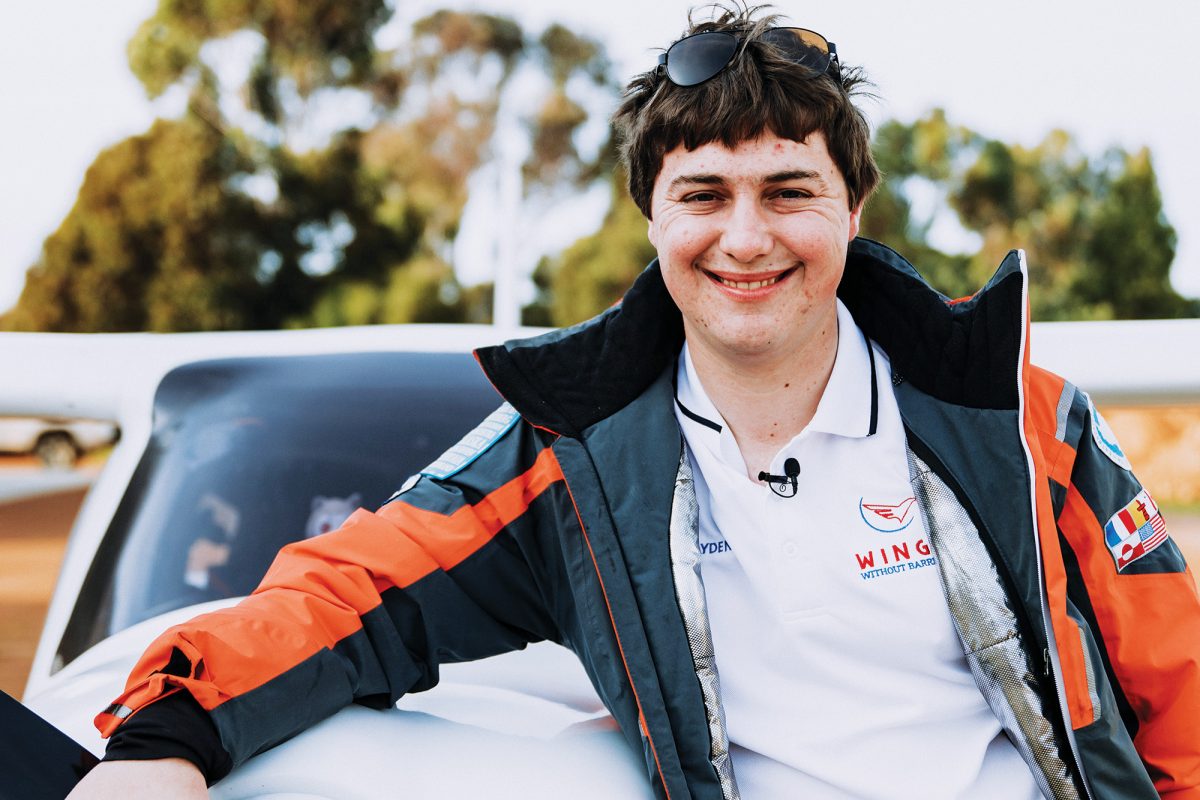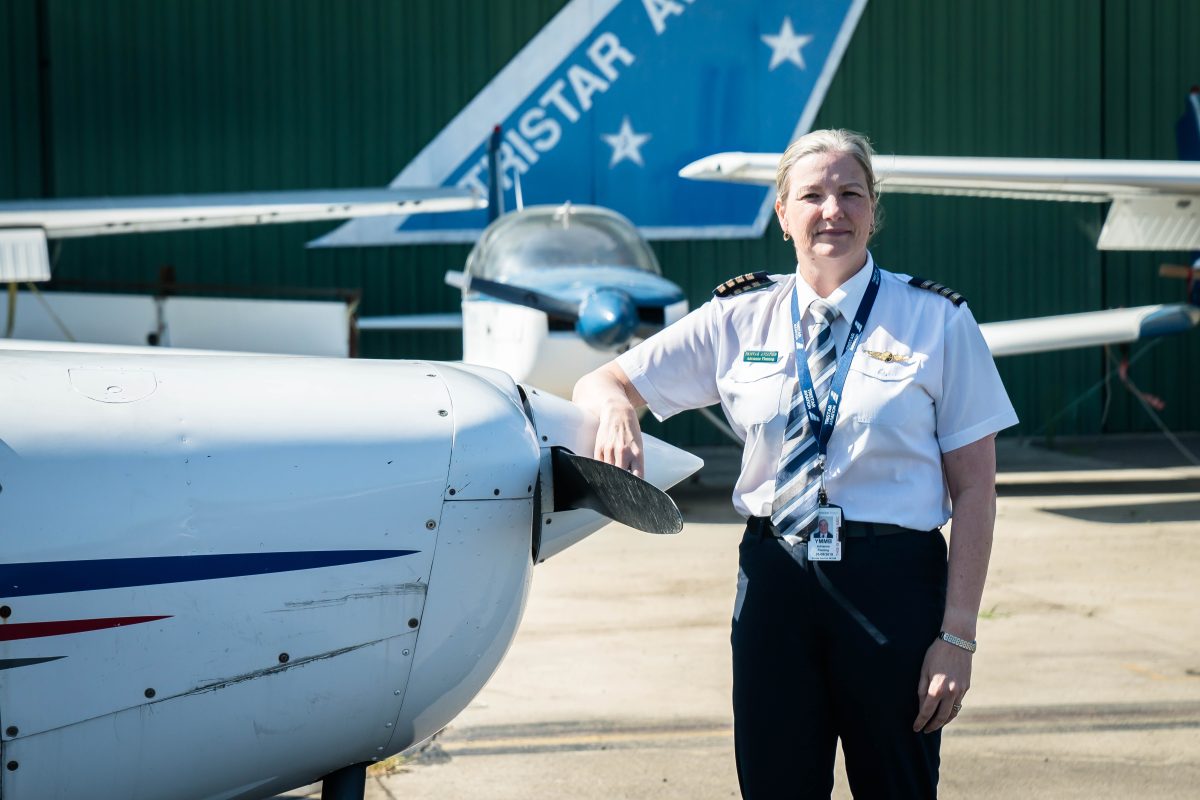ED JONES TALKS TO NATHAN PARKER ABOUT SMALL STEPS AND BIG VICTORIES.
An email from Bill Kiernan OAM hit my inbox recently. “I thought perhaps the following may be of interest to your readers”, Bill had said. A short while later, I was interviewing the person of interest, Nathan Parker, in what was one of the most inspirational aviation stories I’ve heard.
Bill is a CFI at Northern Rivers Aero Club in Lismore, NSW. He went on to itemise eight achievements for a bloke he clearly held in high regard. That bloke is Nathan Parker. I suspected Bill wanted to list more, but attempting to boil it down, he included:
- A number of Gold Medals from the Invictus Games.
- A Senior Instructor RAAus Rating.
- A Commercial Pilot Licence.
- A Multi Engine Command Instrument Rating.
- Is practicing Aerobatics in his AESL T6.
- Has nearly completed his CASA Grade 3
Instructor Rating. - Was awarded the 2020 CASA/Australian Flying
‘Young Achiever’ Award. - Was the 2021 NSW Young Australian of the Year.
“In his spare time, he speaks to and mentors young people”, Bill wrote. I read it twice, then a third time. Is this real? He’s only 25 years old! A short time later I was interviewing Nathan and realised there was an achievement that hadn’t made Bill’s shortlist. For me, that achievement was a cross-section of resilience, passion and spirit. Nathan’s story was quickly summarising what aviation is all about.
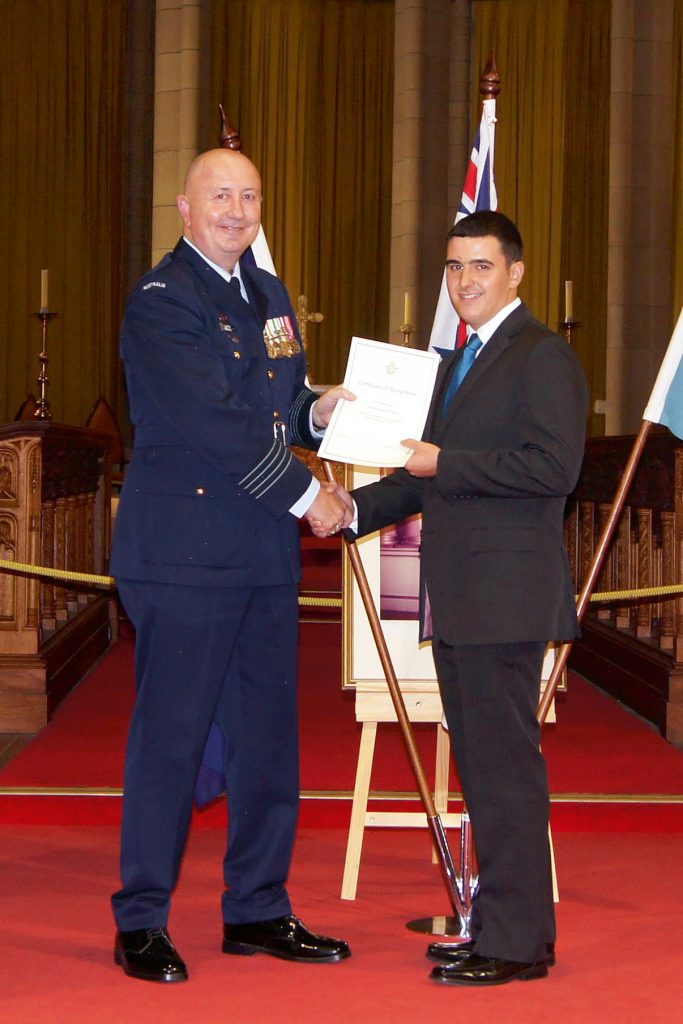
Nathan was a normal kid. From the age of 6, he wanted to be a fighter pilot. He can’t recall what exactly planted the seed, nobody in his family was in aviation, but the seed quickly started to grow as he began to get some aviation exposure. Someone had bought him a TIF for his 10th birthday, and after stacking up cushions to see over the dash, he stepped out afterwards more enthusiastic than ever. The fighter pilot journey had begun. As soon as he could, every spare minute was spent at his local club at Lismore; Northern Rivers Aero Club. He became a familiar face there – filled with enthusiasm and happy to hold a spanner, clean planes, or chinwag about anything aviation. By 15 he started his lessons, working toward his RAAus certificate. He soloed, completed nav’s, then dabbled in flying when he could. Upon finishing school in 2013, Nathan signed up for the Air Force as a pilot trainee. He was straight on to the Australian Defence Force Academy (ADFA). Nathan was welcomed by amazing peers, all with different plans and ambitions. He recalled the incredible comradery and his fondness of the experience. His plan was simple; complete ADFA training, complete the degree… onwards and upwards. During ADF Flight Screening, when Defence Force Recruiting staff had asked him ‘What’s your plan if this fails?’, he replied with ‘I’ll come back next year’. He meant it, but that was as close to being a fighter pilot as Nathan would get.
Nathan hit a ‘roadblock’, as he referred to it. A bus was returning him and his peers from Jervis Bay to Canberra after a training block when it suddenly swerved right, then left , then rolled. He recalls the grinding noise as they slid along the road, surrounded by screams. When they came to a halt, the coach was on its side, pinning Nathan’s left arm between the bus and the road.
Within two hours of the crash, he was being air-lifted to Sydney. “I’d always wanted to fly in an emergency chopper, but this wasn’t how I’d imagined it.” This was the first time I’d had some insight into how passionate Nathan was about aviation – he spent the entire chopper ride talking the ears off the pilots and crew, asking aviationrelated questions. He remembers the crew having a chuckle. I’m sure some painkillers were involved, but I realised when talking to Nathan just how focused he was on living an aviator’s life. It was astounding.
Arriving at the hospital, Nathan was asked by doctors to make a call. ‘Is it okay for us to amputate your limb if we cannot operate?’. He said ‘Do what you need to do’, but the full impact wouldn’t sink in until he woke up with one set of bandages shorter than the other. He realised he’d given the medical staff permission to amputate his dream. “Maybe I will never fly again.” He’d struggled at the thought.
Six months earlier, a shark-attack amputee had come to ADFA and spoken about his experiences. It was former Navy clearance diver Paul de Gelder, who spoke of modern technology helping him with his prosthetic arm and leg. Despite the challenge, Paul knew he was going to be able to do something. A shark attack wasn’t stopping him. His story of resilience and determination helped Nathan immensely, Paul even visited him in hospital. Paul’s departing words were something along the lines of “You determine your limitations”. That would soon sink in.
Nathan was shattered, but soon had his own realisation. “I couldn’t change that I jumped on that bus. I couldn’t change what seat I sat on that day. I had to get better, not bitter. But I didn’t know what was possible anymore. Changing my clothes, showering… everything was a challenge, every day.”
One of the first steps was being medically cleared to drive a car. Nathan then returned to Lismore and spoke to Bill, explaining what happened and his doubts about flying. At this point, Bill wasn’t going to accept what Nathan had started to, so he spoke to RAAus. He was told a medical clearance to drive a car and demonstrating the required competency would be enough. “You either can or you can’t mate. Get in the plane and let’s find out” Bill said.
As it turned out, he could. A few tweaks to his prosthetics to make things easier, and his instructors at the Northern Rivers Aero Club signed him off. That’s what Nathan kept recalling – consistent small changes equated to small victories, and small victories were progress. At 20 years old, Nathan was a re-qualified pilot with his dream back on the table.
Six months later he was back in Canberra at ADFA, completing his training and graduating with the same peers, including those fellow bus passengers. The same benchmarks, same fitness testing, same uniform, making his bed the same way each morning – it was powerful and felt great. “At this point, I thought ‘Let’s see what I can do’”. He completed his Bachelor of Technology (Aviation) in 2017, then was off to Adelaide for specialist testing with RAAF aviation medicine personnel, to find out how to fly again in the military.
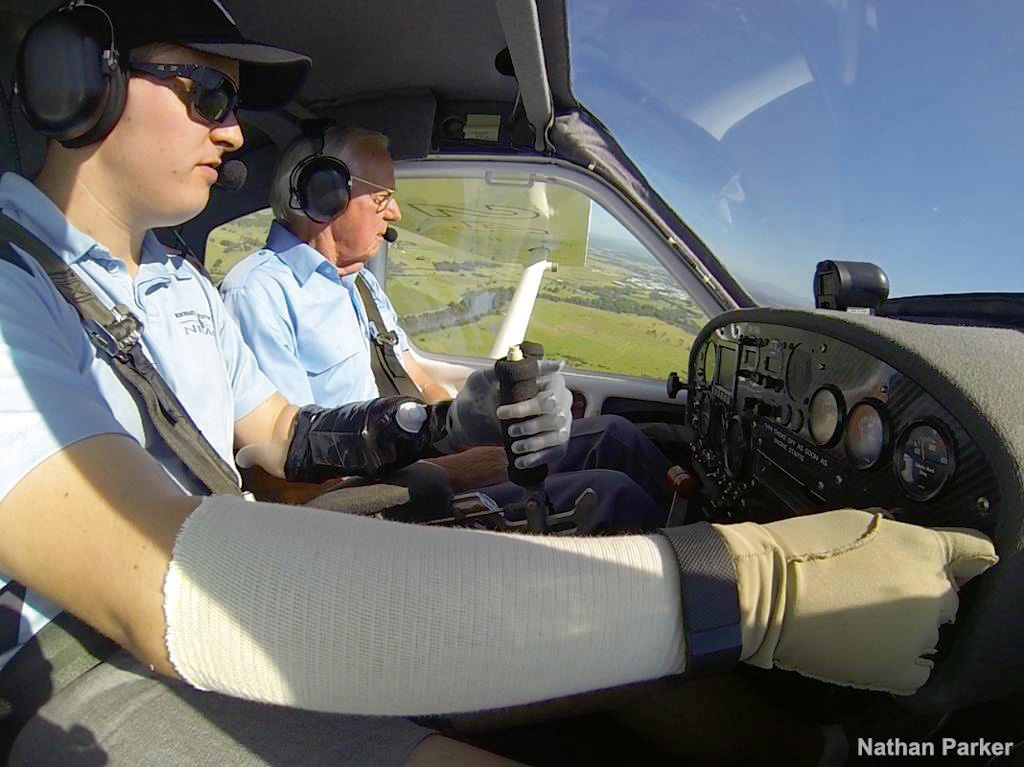
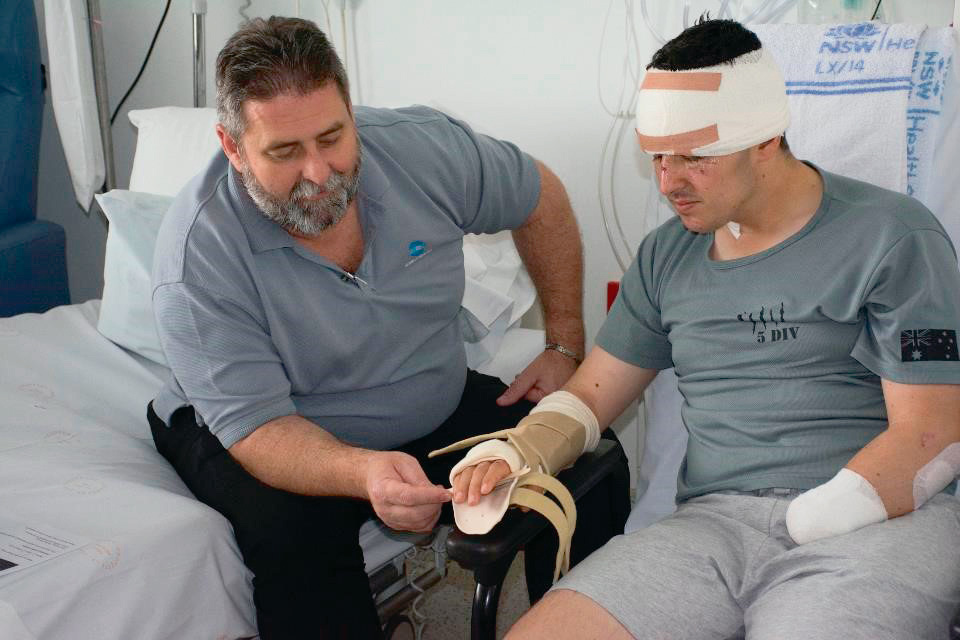
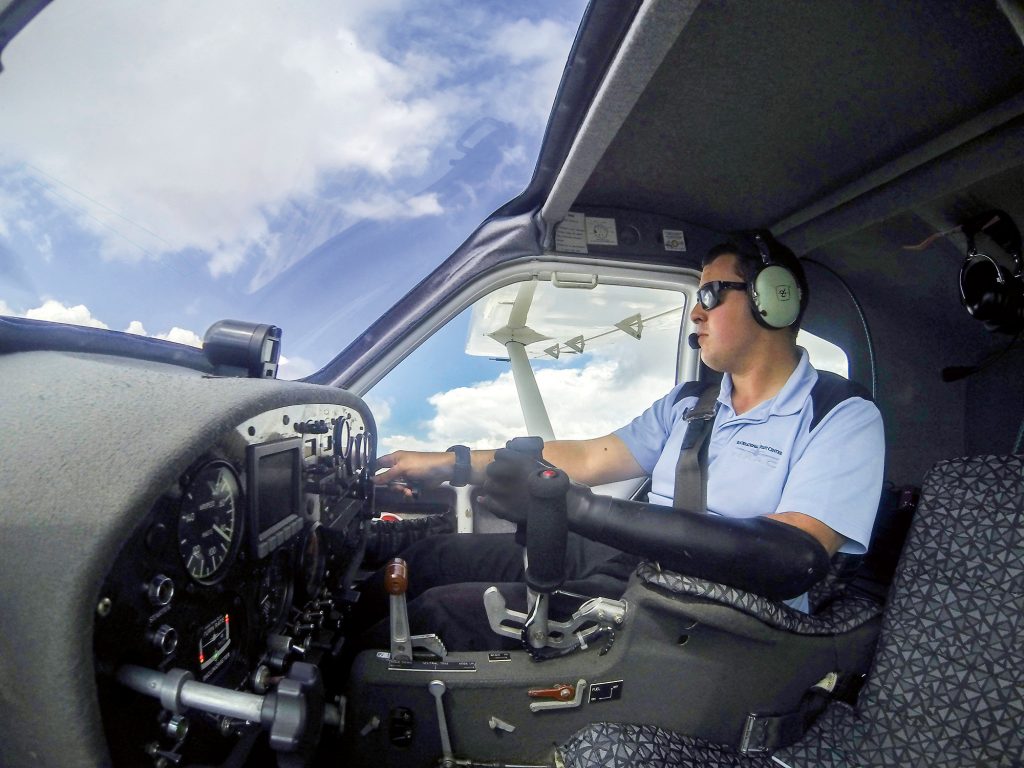
It all went horribly wrong. Without things like a sense of touch, and the risks involved with aspects such as ejection seats, it was impossible. The dream was ripped away a second time.
The Air Force wanted him to stay. He spoke highly of how accommodating and helpful they were the whole way. They encouraged him to consider Air Traffic Control or being an Air Combat Officer, but now that Nathan knew he could fly as a civilian, he wasn’t prepared to give in.
“The dream was taken from me twice, but now I knew I could fly. I would have been kicking myself in 10 or 15 years if I didn’t find out what was really possible.” Once again under the wing of the Northern Rivers Aero Club, Nathan completed his RAAus Instructor Rating in August 2018, under the instruction of Sam Todhunter, who himself received an OAM for services to aviation in the 2021 Australia Day Honour List. With that goal completed, Nathan was then discharged from the RAAF to start his new career.
Next minute, it was announced that Nathan would be presented with the award for 2021 NSW Young Australian of the Year. Then the 2020 CASA/Australian Flying Young Achiever Award. “It is still surreal having won those awards. I see myself as a normal person that managed to chase my passion. This is all very humbling.”
I asked Nathan, what now? “I had to learn some difficult lessons, I thought that if other people can benefit from what I faced, without having to face it themselves, that’s probably a good thing.’ He was probably right. “If I can help even one person in their toughest time, whatever challenge they are facing, everything was worth it. Bad things happen, but they can be an opportunity.”
After everything that Nathan went through, I noticed two interesting things. First, he feels incredibly lucky and fortunate, sensing a need to give back to the world. I was immediately fond of this trait. Secondly, he continuously challenges himself, asking ‘how far can I take this?’. So, that’s what’s next. Pursuing competition aerobatics, possibly even teaching aerobatics, and giving back.
When he’s not flying, Nathan’s studying for flying. He’s persistent. For now, Nathan sees the opportunity to share his passion for flying with others and use his experiences to teach and mentor the next generation.
When I’d finished talking to Nathan, I was struggling to find words. I felt an urge to congratulate him, thank him… I couldn’t imagine how proud his family and supporters must be. I started telling a few people around my office about the phone call and it hit me; this is why we fly. This is what aviation is all about. And I’ve never felt so strongly about it in my life.
So, next time I’m explaining to a non-aviator why I love flying, the story of Nathan Parker and Northern Rivers Aero Club is a story I’ll tell. A story of community, belonging, resilience and passion.
